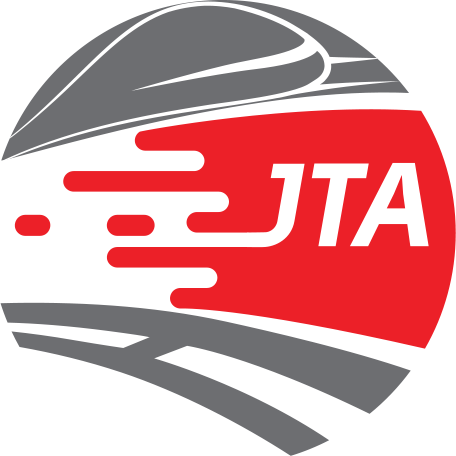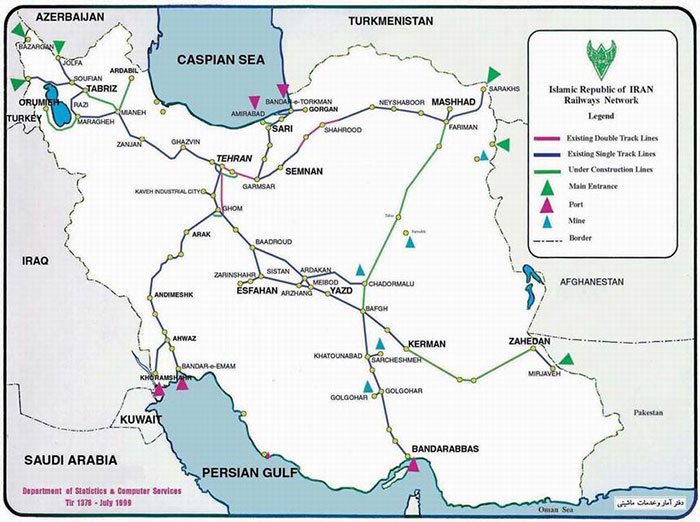Iran’s Railway Network plays a crucial role in facilitating trade and economic growth between Iran and the Commonwealth of Independent States (CIS). Given the strategic location of Iran as a transit hub, railway networks serve as a reliable and cost-effective mode of transportation, enhancing connectivity and reducing trade barriers. This article explores the significance of railways in transit development, their advantages over other transportation methods, existing infrastructure, challenges, and future prospects.
فهرست مطالب
ToggleThe Strategic Importance of Iran’s Railway Network
Iran is positioned as a key transit corridor connecting Asia and Europe. With its extensive railway infrastructure, Iran serves as a bridge for trade between CIS countries, the Middle East, and beyond. The railway system provides a seamless connection from the Persian Gulf to Central Asia, making it a vital component of regional trade logistics.
Iran’s railway network is continuously expanding to accommodate growing trade demands. The country’s rail system extends over 14,000 kilometers, linking major ports, industrial zones, and international borders. The government has prioritized railway development to increase trade efficiency and position Iran as a leading logistics hub in the region.
Advantages of Rail Transport for Transit
Compared to road and air transportation, railways offer several benefits, including:
- Cost-Effectiveness: Rail transport is significantly cheaper than air freight and more economical for bulk goods than road transport.
- Environmental Sustainability: Trains produce fewer carbon emissions per ton of cargo, making them a greener alternative.
- Capacity for Bulk Transport: Railways can carry large volumes of goods, reducing overall transportation costs.
- Reliability and Safety: Rail transit is less affected by weather conditions and road congestion, ensuring timely and secure delivery of goods.
- Integration with International Corridors: Iran’s railway system is integrated into major international trade routes such as the North-South Transport Corridor (NSTC) and the Silk Road Economic Belt.
- Long-Distance Efficiency: Rail transport is ideal for long-haul transit, reducing logistical complexities for businesses engaged in international trade.
- Security and Reduced Theft Risks: Unlike road transport, rail cargo is less susceptible to theft and unauthorized access, ensuring higher security for valuable goods.
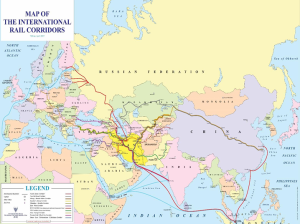
Key Railway Routes Connecting Iran and CIS Countries
Several railway corridors facilitate trade between Iran and CIS nations, including:
- The North-South Transport Corridor (NSTC): This corridor links India, Iran, Russia, and other CIS countries, significantly reducing transit time compared to traditional sea routes.
- The Sarakhs-Bandar Abbas Route: This route enables direct access to the Persian Gulf for CIS countries, allowing them to export and import goods efficiently.
- The Mashhad-Turkmenistan-Kazakhstan Line: A critical connection for trade between Iran, Turkmenistan, and Kazakhstan, strengthening economic ties.
- The Azerbaijan-Iran Railway Connection: Enhancing trade between Iran and the Caucasus region, with potential expansion into Eastern Europe.
- The Incheh Borun-Turkmenistan Corridor: This route serves as an alternative transit path for Iranian exports to reach Central Asian markets.
Challenges in Railway Transit Development
Despite its advantages, several challenges hinder the full potential of rail transit between Iran and CIS countries:
- Infrastructure Limitations: Some sections of Iran’s railway network require modernization and expansion to handle increasing trade volumes.
- Logistical Bottlenecks: Inefficiencies in customs clearance and border processing can cause delays in transit times.
- Geopolitical Issues: Sanctions, political instability, and diplomatic tensions can affect trade relations and transit agreements.
- Interoperability Issues: Differences in railway gauges between Iran and CIS countries necessitate transshipment, increasing costs and time.
- Financial Constraints: Investment in rail infrastructure requires significant funding, which may be limited due to economic conditions.
- Lack of Modern Technology: The need for advanced signaling systems, digital tracking, and automated logistics solutions is critical for improving rail transit efficiency.
- Inconsistent Tariff Policies: Differences in freight tariffs and regulations among CIS countries create cost discrepancies and unpredictability in transit pricing.
Future Prospects and Development Plans
To overcome these challenges and enhance railway transit, several initiatives and strategies are being pursued:
- Railway Modernization Projects: Iran is investing in electrification, track upgrades, and high-speed rail networks to improve efficiency.
- Strengthening Trade Agreements: Enhancing regional cooperation through agreements with CIS countries to facilitate seamless trade.
- Investment in Multimodal Logistics: Integrating rail with sea and road transport to offer comprehensive logistics solutions.
- Expansion of Free Trade Zones: Developing special economic zones near railway hubs to attract businesses and boost trade.
- Digitalization of Customs Procedures: Implementing electronic tracking and automation to reduce transit delays and improve transparency.
- Collaboration with International Organizations: Partnering with the United Nations, World Bank, and regional economic blocs to secure funding and technical expertise for railway improvements.
- Introduction of High-Speed Rail Freight Services: Reducing transit time by implementing high-speed cargo trains, particularly for perishable goods and urgent shipments.
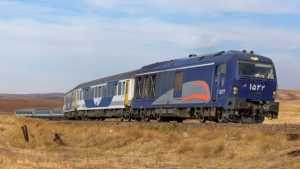
Frequently Asked Questions (FAQs)
- Why is Iran’s railway network important for CIS trade?
Iran’s railway system connects the Persian Gulf with Central Asia, offering CIS countries a vital transit corridor for imports and exports. - What are the main railway routes linking Iran to CIS countries?
Key routes include the North-South Transport Corridor, the Sarakhs-Bandar Abbas route, and the Mashhad-Turkmenistan-Kazakhstan line. - What challenges affect railway transit between Iran and CIS countries?
Challenges include infrastructure limitations, geopolitical tensions, logistical bottlenecks, and differences in railway gauges. - How can railway transit between Iran and CIS countries be improved?
Improvements can be made through infrastructure modernization, trade agreements, digitalization of customs, and increased investment in logistics solutions. - Is railway transit more cost-effective than road and air transport?
Yes, rail transport is generally cheaper than air freight and more economical for bulk shipments compared to road transport. - What are the future plans for expanding Iran’s railway network?
Future plans include high-speed freight services, integration with global trade corridors, and enhanced cooperation with international economic organizations.
Conclusion
Railways play a fundamental role in strengthening transit between Iran and CIS countries, offering economic, environmental, and logistical benefits. While challenges such as infrastructure limitations and geopolitical factors exist, ongoing investments and policy initiatives aim to enhance connectivity and efficiency. By leveraging its strategic location and improving railway infrastructure, Iran can solidify its position as a key transit hub, fostering regional economic growth and trade expansion. Increased collaboration, digitalization, and investment in modern rail technologies will ensure sustainable and competitive transit solutions for years to come.
